by immusic | Nov 28, 2022
category
rhythmic
Age
8+
Number of participants
5-30
Duration
approx. 10 min.
Working method
group work
Musical abilities of the trainers
1 2 3 4 5 6
Equipment and instruments
- optional: any type of instrument
Competences
- movement coordination
- attention
- cooperation
- concentration
- rhythm recognition
- sense of rhythm
Rhythm Machine
A rhythm game with which a more complex sound can be achieved.
AIM
This game for developing the sense of rhythm requires a more complex way of thinking by combining simple elements. It depends on the creativity of the participants to achieve a complex sound by layering the rhythms.
Description
This activity is similar to the game called Give me rhythms.
Participants are sitting in a circle. One person starts the Rhythm Machine by doing a simple rhythm that repeats over and over.
This pattern can be a basic 4/4 quarter note beat.
The person sitting to the left of the starter then adds his/her own rhythm to go along with the rhythms that are already going.
Again, the rhythm has to be repeated and cannot be changed.
After everyone has added a rhythm, the first person stops doing his/her rhythm. The others continue their rhythm, the next round the second person drops out, and so on. It continues until the last person has a rhythm.
Rhythm examples:
Comment for facilitators
Percussion instruments can be used during the games, e.g. drums, percussion eggs, wood maracas, rhythm sticks, bells or castanets.
During the activities be care of the steady beat!
by immusic | Nov 28, 2022
Category
rhythmic
Age
8+
Number of participants
1+
Duration
approx. 20 min.
Working method
- individual work
- group work
Musical abilities of the trainers
12 3 4 5 6
Competences
- attention
- dexterity
- movement coordination
- concentration
- sense of rhythm
Cup Game
Versatile game for developing movement coordination and sense of rhythm.
AIM
The aim of the game is to develop musical and coordination skills in a complex way. The choice of songs and the movements of the cup game stimulate creativity.
Description
The first step is to learn the Maori song „Epo i tai tai” so that everyone knows the notes with confidence. This can be done by the leader learning it in advance and the participants learning it from her/him, or by learning the song together with the
recordings.
After that, we practice the elements of the cup game separately, or we practice it with the recording until we know it. If the melody and the cup game go together, then we put the entire task together.
The game can be practiced in a small group or alone.
Level up!
Create unique cup games to a melody selected by you!
Lyrics
Epo i tai tai e
Epo i tai tai e
Epo i tai tai
Epo i tuki tuki
Epo i tuki tuki e
You can find several translations for the text, for now let’s take this
one: We shall not be sad we will only be happy.
COMMENTS FOR FACILITATORS
Among the links, the first is one where there is only rhythm for practicing cup game moves, no melody.
by immusic | Nov 28, 2022
Category
instrumental
Age
8+
Number of participants
in multiples of 2
Duration
approx. 20 min.
Working method
- individual work
- group work
Musical abilities of the trainers
1 2 34 5 6
Equipment and instruments
Competences
- attention
- dexterity
- movement coordination
- cooperation
- concentration
Discovering Guitar in Pairs
This activity is the first one in a group of activities that consists in the use of a single guitar in pairs, being one of the partners the left-handed player and the other one the right-handed player.
AIM
The idea of this activity is to face alone technical difficulties and isolate them in a funny and musical piece. Like in general music studies, we will isolate one hand. However, this activity is not going to be a repetitive as the other studies. In fact, it is going to be amusing, the guitar is going to be shared between 2 partners.
They are going to use one hand by person, and in this way, they are going to have the same use of a normal guitar, but with less hands to worry about. In addition, they will experiment since the beginning the process of sharing music interpretation with another person.
Description
- The facilitator would explain the guitar neck and how to play the guitar
2. Will give a demonstration on how to play the piece.
3. After that they would be explained what to do on the activity, play the guitar on pairs. Using one hand by each person.
4. They will view the positions in 5 minutes with the facilitators help.
5. They will perform changing roles in other 10 minutes.
Comments for facilitators
Knowledge of guitar requisite, ensure they know the positions.
This type of instrument learning can also be applied to other instruments, where the notes can be played by using several hands together, e.g. piano, accordion, lute, violin, cello.
by immusic | Nov 28, 2022
category
instrumental
Age
8+
Number of participants
7
Duration
approx. 20 min.
Working method
- individual work
- playing in pairs
- group work
Musical abilities of the trainers
1 2 3 4 56
Equipment and instruments
Competences
- concentration
- attention
- movement coordination
- perception
- cooperation
Sunrise for 7
This activity consists of a conductor-performers activity for 7 guitars. In this activity the facilitator will ask for certain motives (previously assigned) to be done. Each performer has a maximum of 2 notes and the motives are going to be combined to have Bartok’s Sunrise song as a result.
AIM
The aim of the activity is to enable the first approach to the guitar playing. This approach is usually done by doing some technical exercises individually. In our case we are going to do an activity in which a musical piece is divided into simple and feasible motives that can be assigned to different participants. In this way an individual work becomes collective and social, being an activity that goes further than just mechanical practice.
Description
Explanation:
The activity is going to begin with a description of the guitar neck: location of the high and lows etc. and how to perform them.
After that description, the facilitator will explain the activity:
– they will be given a score and they will read it;
– they will put the fingers in the places they are going to use;
– they will practice and ask for help if they need;
– at the end they will do it in order in the big group.
Doubs-Practice:
After the explanation we will give time to clear the doubts and to practise as said before.
Execution:
They will play the piece.
Sharing opinions:
The facilitator will guide a conversation with the participants
about the exercise, found difficulties and the evaluation of the
experience.
COMMENTS FOR FACILITATORS
Convenient to have a good guitar control.
We will observe if any of the participants has difficulties to develop the activity and we will see if the performers play with the correct notes.
by immusic | Nov 28, 2022
Category
instrumental
Age
8+
Number of participants
in multiples of 2
Duration
approx. 20 min.
Working method
playing in pairs
Musical abilities of the trainers
1 2 3 4 56
Equipment and instruments
Competences
- attention
- dexterity
- movement coordination
- cooperation
- concentration
Guitar in Pairs
In this activity, participants will play guitar in pairs, in the sense
of sharing one guitar by two people. In this way, social relationships could be improved and a new way of playing
an instrument can be explored.
AIM
The aim of the activity is to begin the guitar “training” in an attractive way that enables isolated training (hands independence). The idea of sharing a guitar by two people has
a complexity itself: you have to be mentally and physically near the couple and this fact can be a handicap for some people. Considering this, we can say that social competences are going to be developed for some people, for others (people that are more social) on the other hand, the activities are going to be possibly a pleasant activity to participate in.
Other aspects to focus on are aspects we can find in every group music activities, such as: sharing a rhythm, waiting the other if it is necessary, etc.
Description
Warm-up
1. easy melody in 1st string first with thumb
2. easy melody i-m
3. melody with some chord notes and thumb
4. melody with some chord notes and t-i-m
Piece
1. If it is possible demonstration of the piece by the facilitator
2. Exploring the positions of the notes to use
3. Exploring the rhythm
4. Explanation of what they are going to do:
5. First the simple melody and change the roles
6. After add the chords at the original notes if it is possible.
Comments for facilitators
Try to choose partners with affinity between them, if the activity goes well change the couples.
Ensure that they know where and what to play.
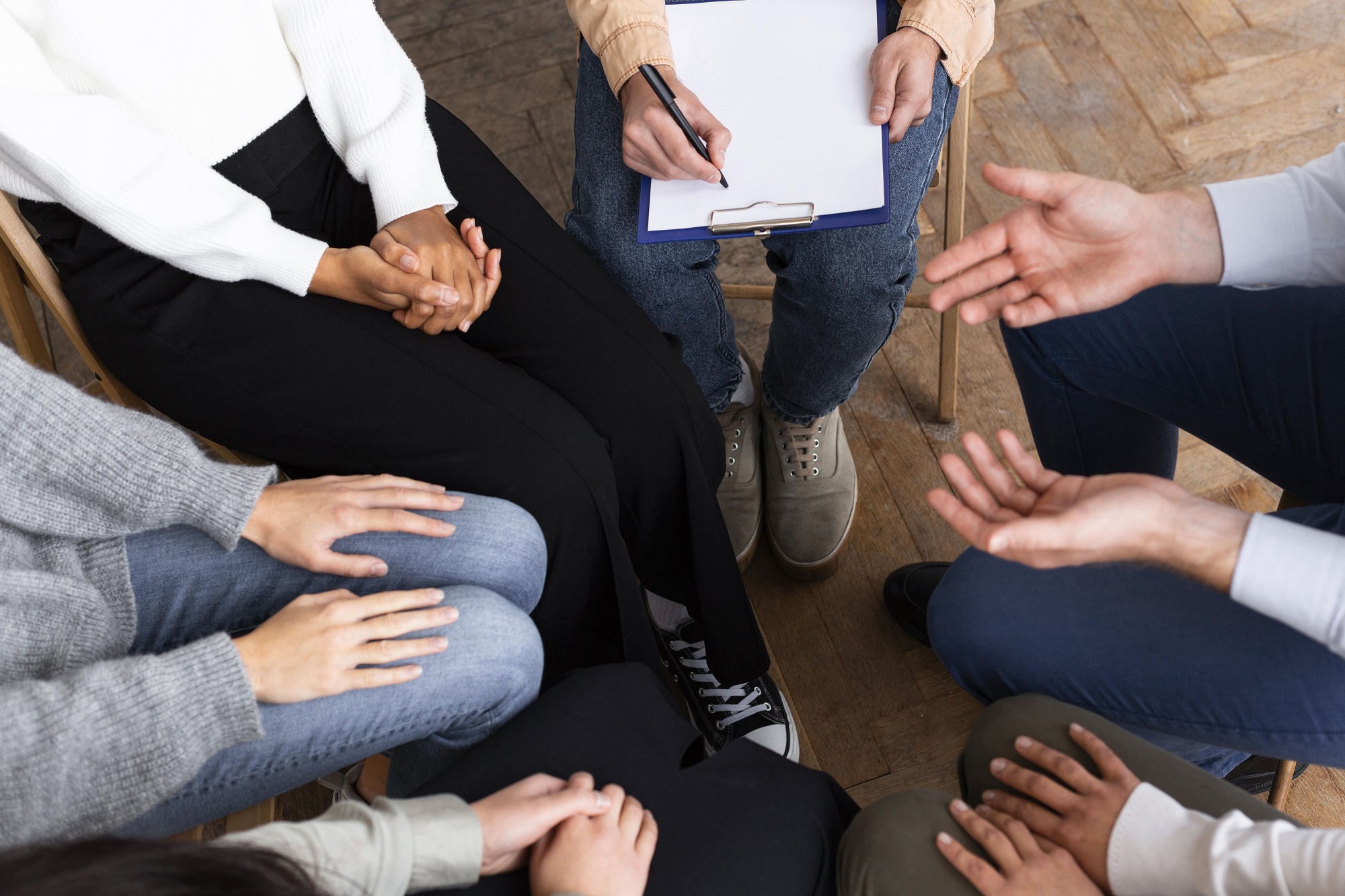


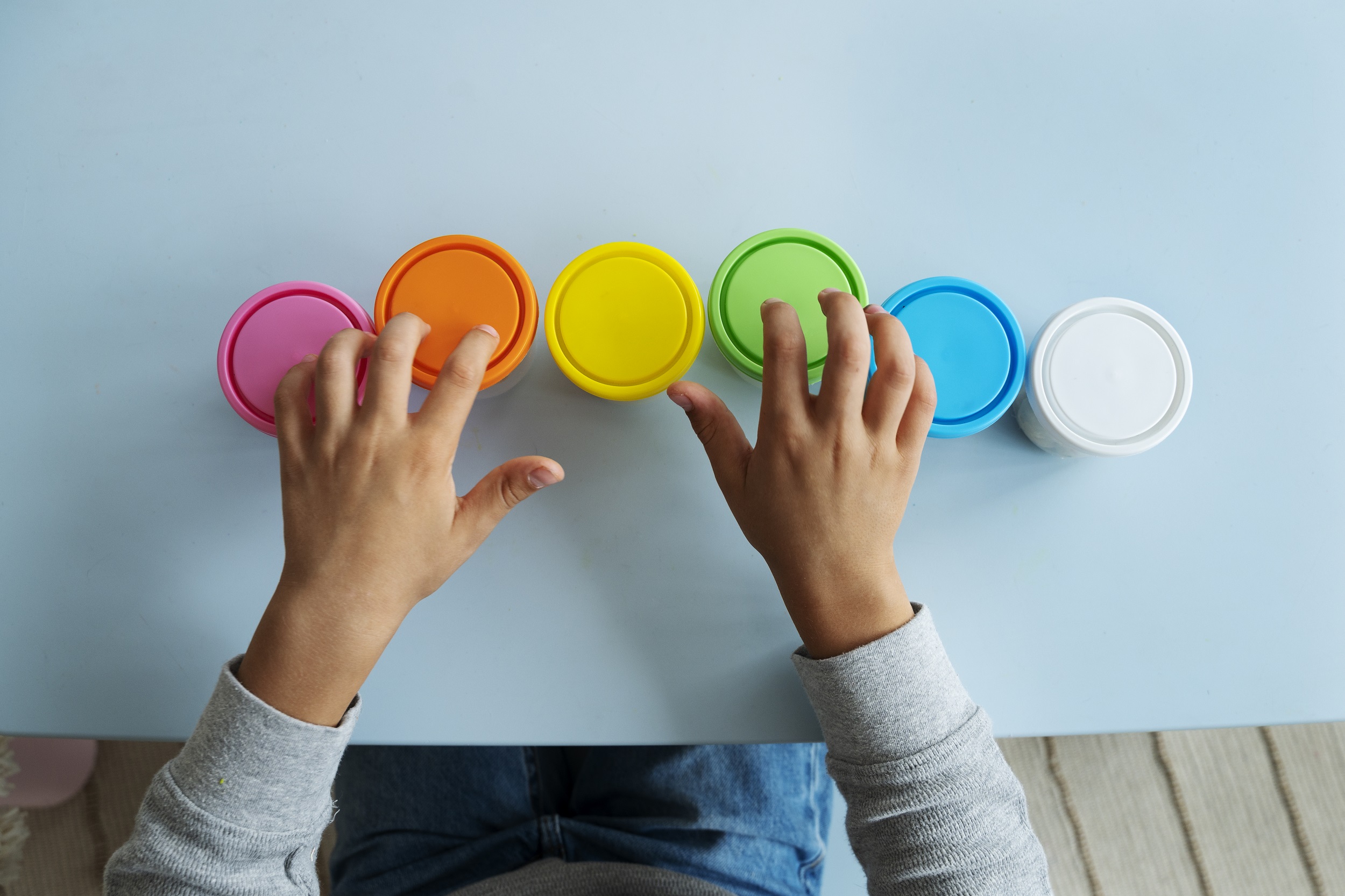

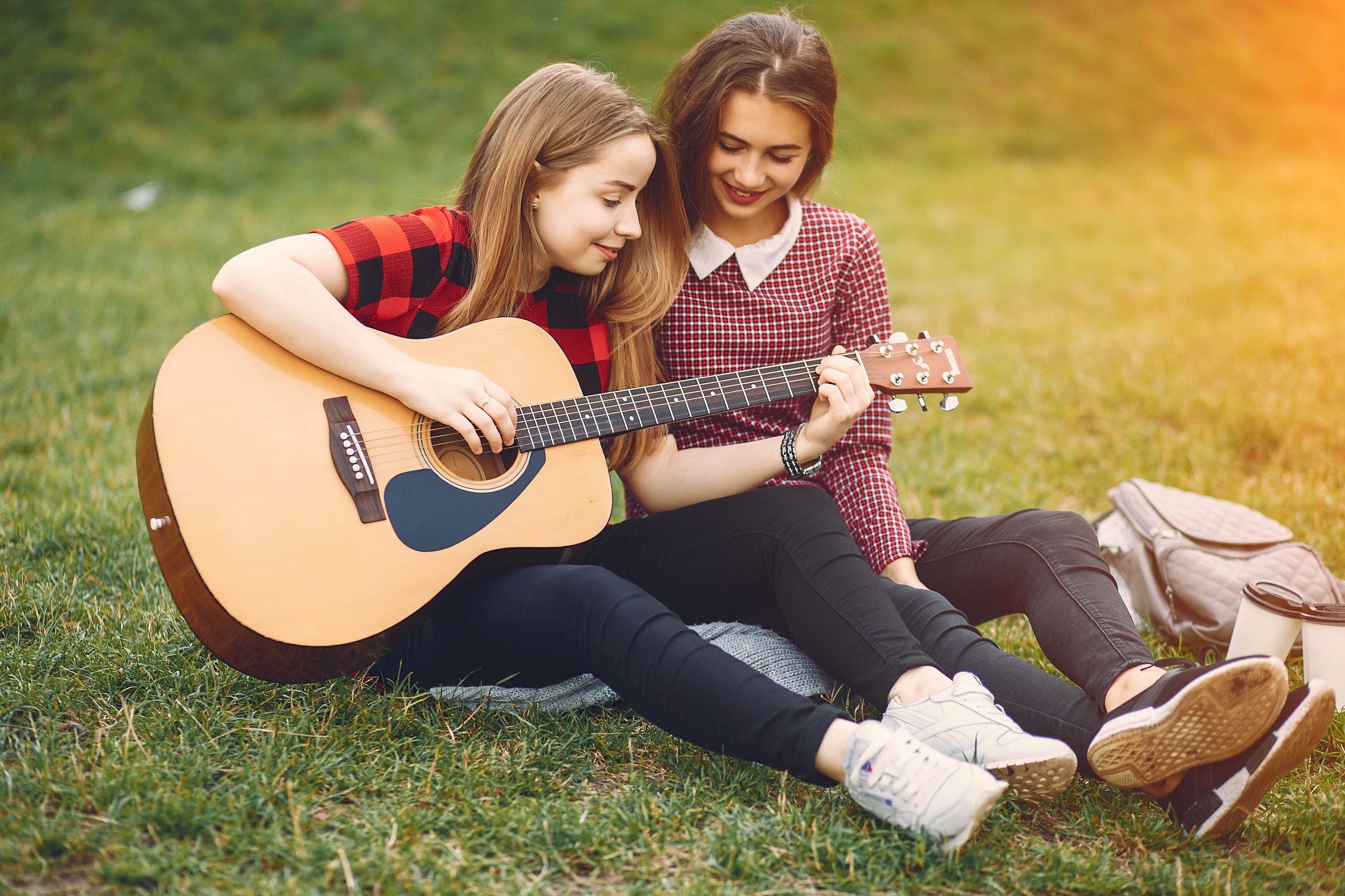
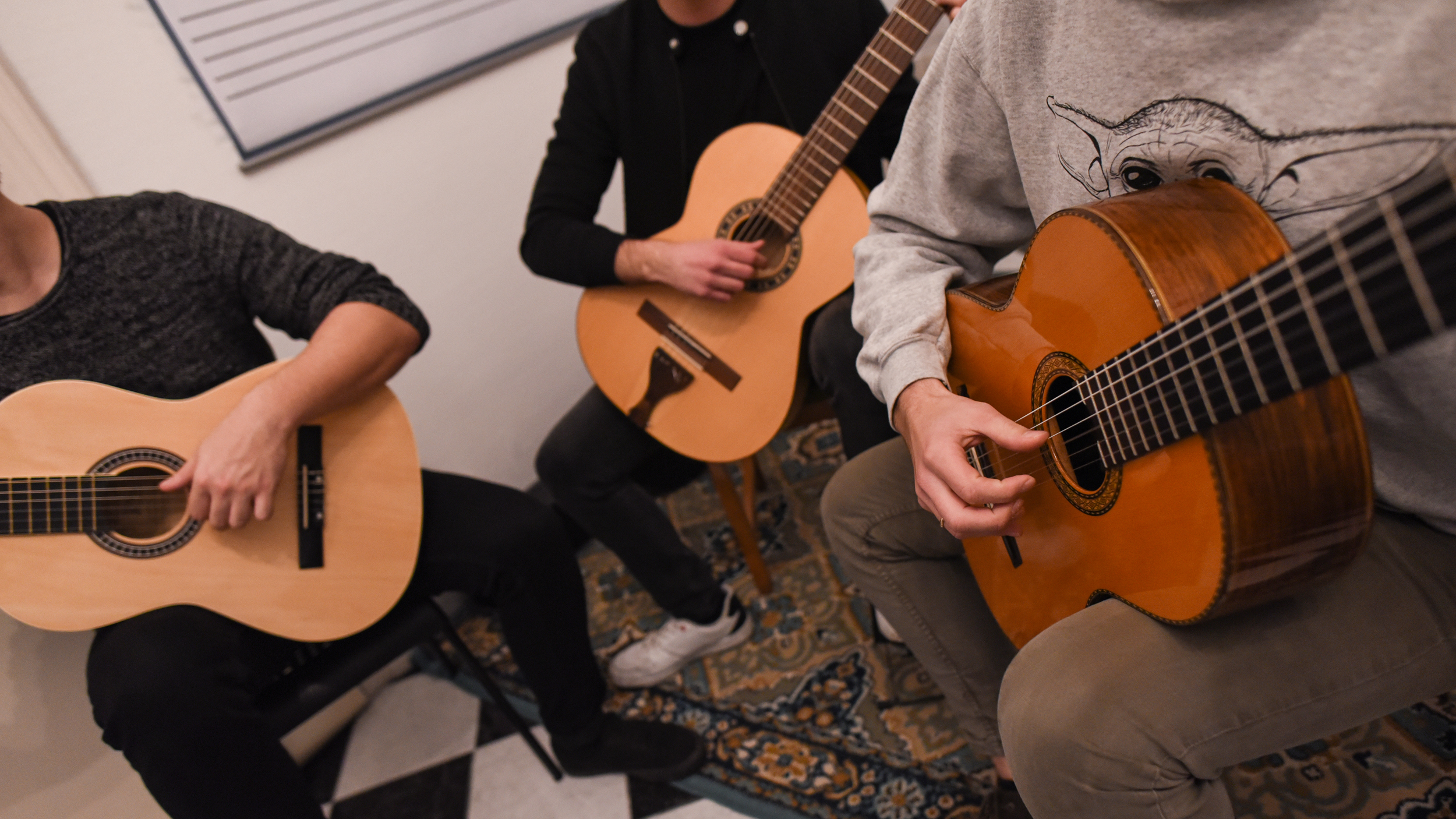

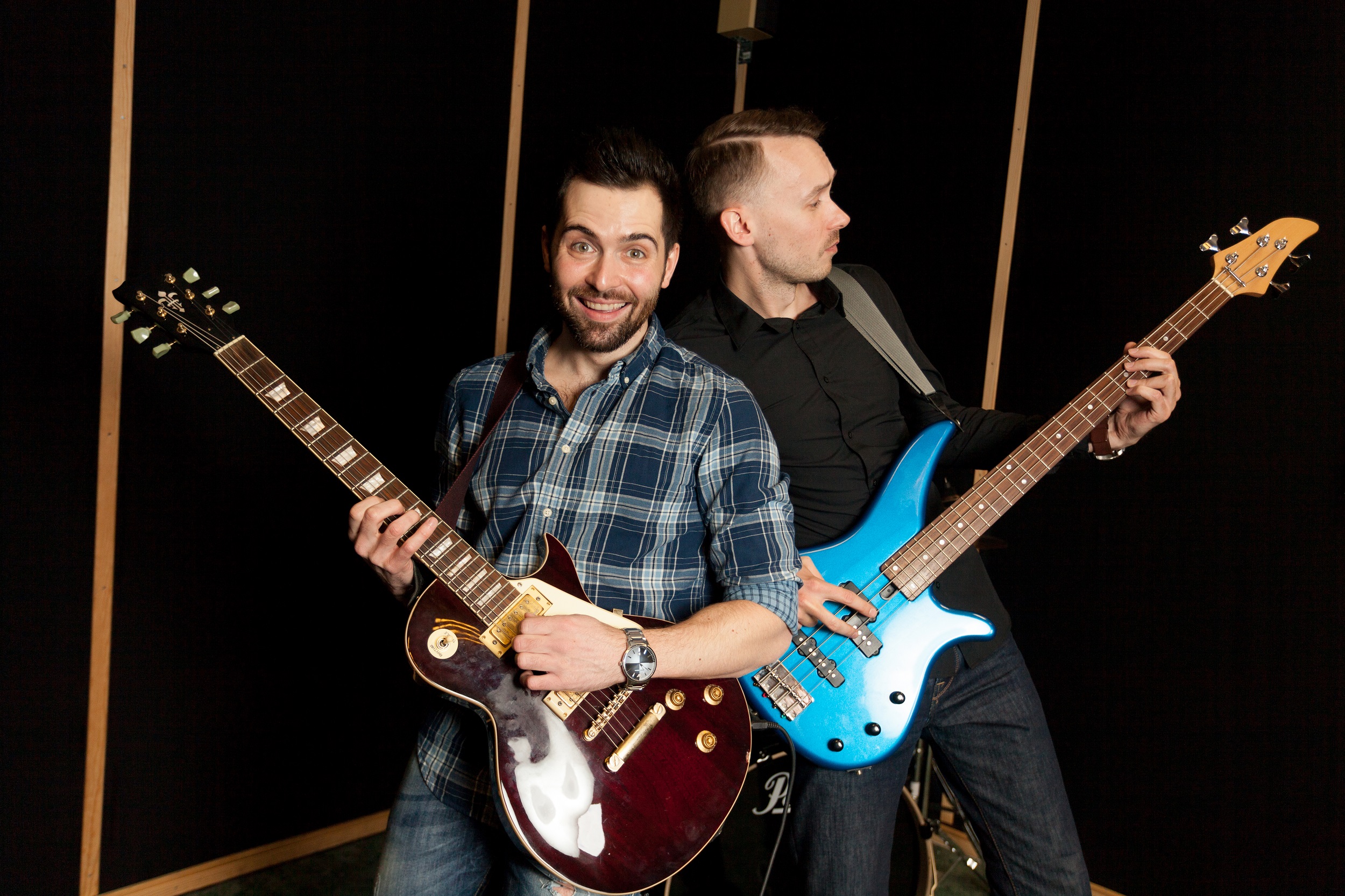
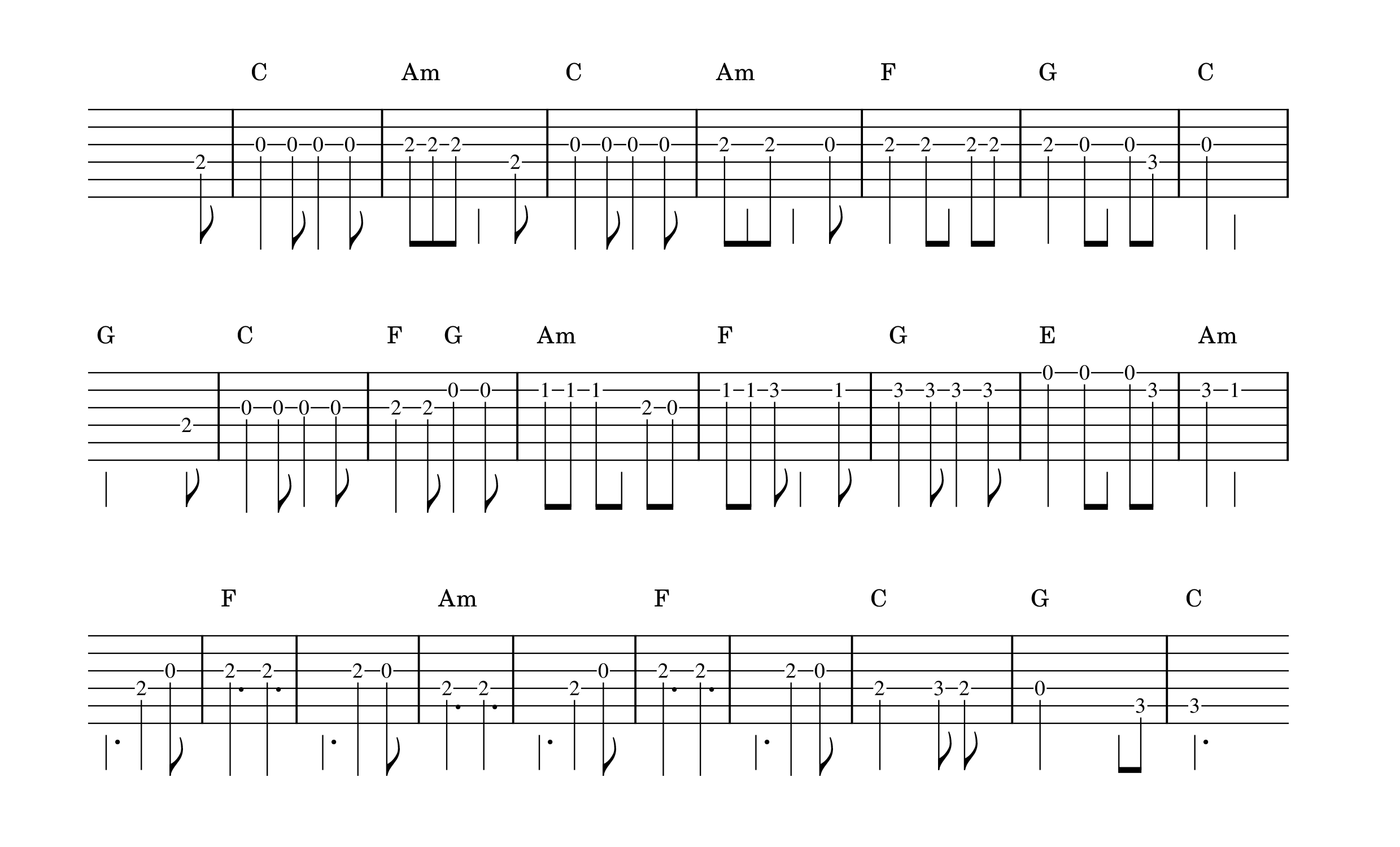
Recent Comments